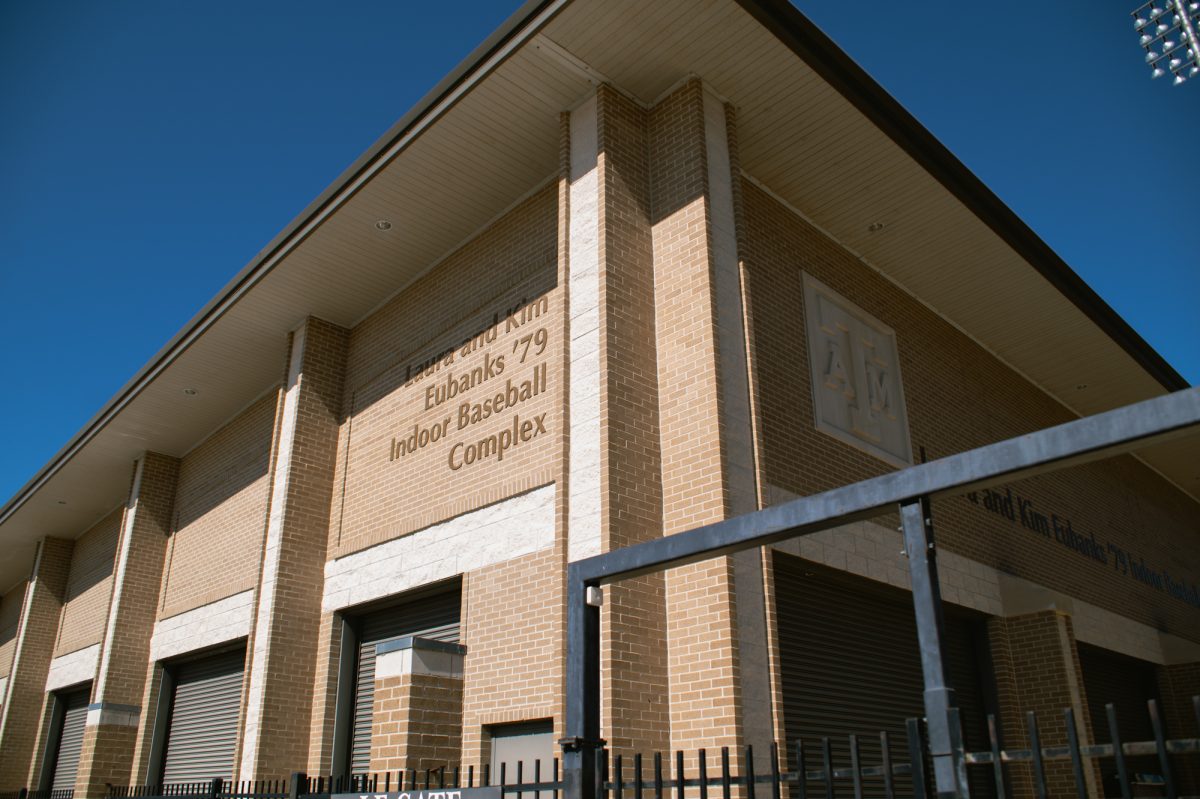The A&M Student Recreation Center usually sees attendance dwindle as finals approach. This year, however, the building has some new inhabitants — hundreds of Mexican free-tailed bats.
The bats are part of an indigenous population of 250,000 bats that have inhabited Kyle Field since it was first built 87 years ago. When the university began its $485 million renovation of the stadium, removing the population was one of its goals.
With warmer temperatures returning, the bats are migrating back from their winter home in Mexico and finding that their access to Kyle Field is blocked — sending them into other campus buildings. James Nash, associate director of facilities for Rec Sports, said while efforts to remove the bats are ongoing, students can expect to still see some around the Rec Center.
“This process will seal areas that bats typically use to enter the facility and allow
those already in the building to exit and not return,” Nash said. “While this process will allow the current bat population to leave the building and prevent large groups of bats from entering the facility, the Rec Center will continue to have small numbers of bats within the facility due to opening doors, construction and entry points not detected during the exclusion process.”
Bats have also been spotted in Evans Library and West Campus Library and efforts continue to exclude the bats from buildings around campus, according to a campus-wide email.
This is not the first time the bats have established roosts in campus buildings. Cain Hall was inhabited by 1,000 of the Kyle Field bats when removal efforts began in 2013.
The new problem seems to be that there are inadequate places for the entire bat population to establish new roosts, and they are fleeing to the most immediate buildings.
Thomas Lacher, conservation biologist in the Department of Wildlife and Fisheries Sciences and bat expert, said he has been warning the university of the dangers their exclusion process poses to the bat population since 2013.
“We submitted a plan to the university back in November of 2013, but these ideas were not adopted,” Lacher said. “Under the best of circumstances it would take years to build up the population again. The worst case scenario is that the population never recovers.”
Lacher’s plan called for a large bat house of sorts that was successful in solving a similar problem at the University of Florida, but the university instead opted for a series of smaller bat posts placed around campus.
The university urges students not disturb any bats they come across and said they should instead call the Facilities Services Communication Center.










